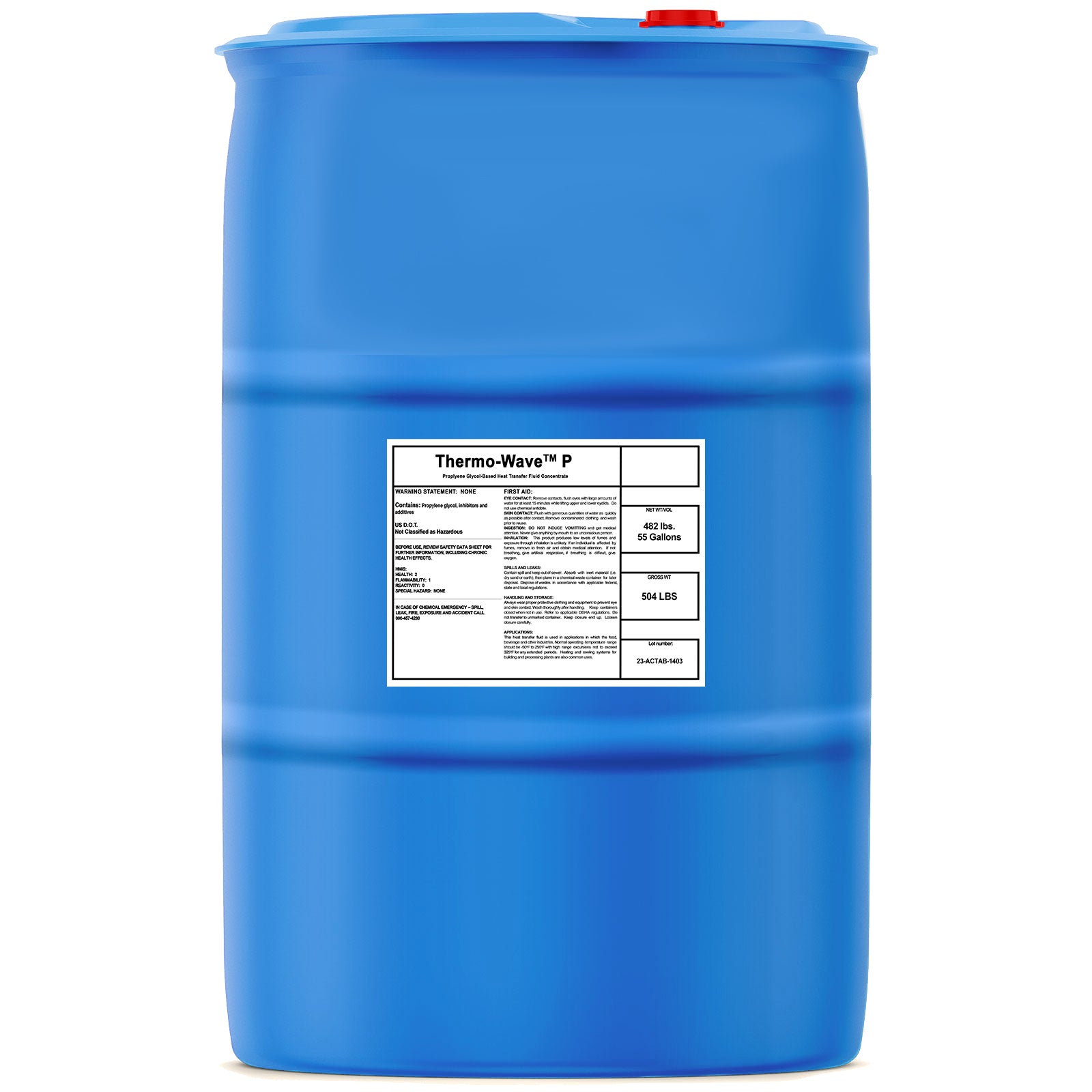Heat Transfer Fluid: Vital for Enhancing Industrial Heating & Cooling Equipments
Heat Transfer Fluid: Vital for Enhancing Industrial Heating & Cooling Equipments
Blog Article
Why Warm Transfer Fluid Is Necessary for Optimizing Power Transfer in Systems
The role of warm transfer liquids in maximizing energy transfer is crucial for accomplishing effective thermal monitoring throughout various industrial industries. These fluids promote smooth heat exchange, guaranteeing procedures run within ideal temperature level ranges and reducing the threat of overheating. Their selection, based on elements like viscosity and thermal stability, directly influences the effectiveness and sustainability of a system. However, the ins and outs of picking the best liquid are often taken too lightly. What are the vital factors to consider for this selection, and how do they impact both financial performance and environmental obligation in commercial applications?

Function in Thermal Administration
Warm transfer liquids play a critical duty in thermal management by efficiently managing temperature levels in different industrial processes and systems. These specialized fluids facilitate the transfer of heat in between various parts, making sure optimum operating problems and avoiding overheating. By keeping precise temperature level control, warmth transfer fluids enable sectors such as chemical production, oil and gas, and power generation to operate securely and effectively.
The option of an ideal warm transfer fluid relies on a number of elements, including thermal security, heat ability, and thickness. High thermal stability makes certain that the fluid can withstand severe temperatures without weakening, while a high warm capacity permits it to absorb and launch substantial quantities of warm - heat transfer fluid. Reduced thickness decreases the power required for pumping, adding to overall system performance
Moreover, heat transfer liquids are essential in applications like refrigeration, where they aid soak up and dissipate heat throughout the cooling cycle. In solar thermal power systems, these liquids capture and transport solar warmth to generate electricity or supply warm water. Their versatility to diverse operating problems and ability to preserve consistent thermal performance emphasize their significance in commercial thermal management, promoting functional connection and enhancing security procedures.

Enhancing System Performance
To optimize the benefits of thermal monitoring, enhancing system effectiveness through the calculated use warm transfer fluids is extremely important. These liquids play an essential role in enhancing energy transfer by facilitating consistent thermal guideline, which subsequently influences the total performance and durability of systems. Reliable warm transfer results in decreased power losses, minimized functional costs, and enhanced reliability of devices. By keeping ideal temperature degrees, warmth transfer liquids aid make certain that systems run within their made parameters, therefore avoiding overheating and reducing the risk of element failure.

Sorts Of Heat Transfer Liquids
The variety of warm transfer fluids highlights their important role in a range of commercial applications, each customized to satisfy certain thermal administration demands. These liquids promote effective energy transfer and are selected based on vital residential click this or commercial properties such as thermal stability, thickness, and warm capacity. The key kinds consist of water, glycol options, oils, and synthetics, each offering distinct advantages.
Water is the most typical heat transfer tool due to its high particular warmth capacity and reduced cost. Mineral oils are preferred for their thermal stability and non-corrosive nature, making them ideal for high-temperature applications.

Artificial liquids, consisting of silicone and aromatic substances, give extraordinary thermal security and are made use of in atmospheres requiring extreme temperature level arrays. These liquids ensure exceptional efficiency in systems where standard fluids might fall short. The option of a warmth transfer liquid is crucial, as it influences system effectiveness, security, and durability. Each type needs to be picked to straighten with the functional needs and the details problems of the application it offers.
Environmental and Economic Benefits
Using the ideal heat transfer liquids offers considerable environmental and financial advantages for commercial operations. Eco friendly warm transfer liquids, commonly naturally degradable and non-toxic, reduce the risk of dirt and water contamination in the event of leakages or spills, thereby shielding environments and abiding with strict ecological policies.
Financially, the ideal check over here warm transfer liquid can substantially lower functional prices. Effective warmth transfer minimizes energy expense, resulting in reduced energy bills and improved earnings. Fluids with prolonged lifecycle performance lower the frequency of replacements and upkeep, lowering downtime and associated costs. Spending in premium liquids can additionally mitigate the risk of devices rust and failing, staying clear of pricey repair work and expanding the life-span of crucial facilities. In competitive markets, these cost savings and performances provide a distinct advantage, allowing companies to allot sources better and purchase further innovation. Overall, the tactical use optimal warmth transfer fluids supports lasting financial development and environmental stewardship.
Picking the Right Liquid
Just how does one navigate the complicated procedure of picking the right warm transfer liquid for commercial applications? Thermal stability guarantees the fluid can hold up against high temperatures without degrading, while compatibility avoids deterioration or various other destructive responses with system elements.
Additionally, the liquid's warm ability and thickness are paramount. A high warm ability allows the fluid to absorb and transfer more power, enhancing effectiveness. At the same time, optimum thickness makes certain minimal pump work and efficient warm transfer, specifically in differing temperature levels. Environmental and safety and security facets should also be component of the decision-making procedure. Safe, biodegradable liquids lower ecological effect and conform with regulative requirements, lessening obligation dangers.
Conclusion
The strategic selection and application of warmth transfer liquids are essential to enhancing energy transfer throughout different Web Site systems. By making sure high thermal stability and ability, these liquids supply accurate temperature control and enhance total system performance. This optimization contributes to reduced functional expenses and reduced greenhouse gas discharges, thus advertising sustainability. The option of fluid, customized to particular thickness and functional demands, is crucial for making best use of performance and achieving economic and ecological benefits in commercial procedures.
Report this page